For athletes and active individuals, performance is not just about pushing harder - it’s about recovering smarter. Recovery is where the body repairs itself, strengthens muscles, and prepares for the next challenge. However, hidden stress can sabotage these efforts, prolonging fatigue and increasing the risk of injury. Understanding how thermal stress impacts recovery is the key to optimizing rest and achieving peak performance.
By tracking thermal stress and using real-time insights, athletes can make data-driven decisions that enhance their recovery, improve sleep quality, and boost overall performance.
The Science of Thermal Stress and Recovery
Thermal stress occurs when the body struggles to regulate internal temperature due to physical exertion, environmental factors, or psychological stressors. After intense training sessions, the body's core temperature remains elevated, triggering a cascade of physiological responses.
According to research in the Journal of Applied Physiology, prolonged elevation of core body temperature post-exercise can impair muscle recovery and disrupt sleep cycles (Bishop et al., 2019). The body's ability to return to a baseline state is crucial for effective recovery and long-term athletic success.
Furthermore, studies in the European Journal of Sport Science indicate that tracking thermal stress provides critical insights into recovery efficiency and helps athletes avoid overtraining (Hausswirth & Mujika, 2013).
How Stress Affects Recovery and Sleep
- Delayed Muscle Recovery
- When thermal stress remains elevated, the body's inflammatory response is prolonged, slowing muscle repair and increasing soreness.
- Elevated cortisol levels, a stress hormone, interfere with protein synthesis, delaying muscle rebuilding (Kraemer & Ratamess, 2005).
- Disrupted Sleep Patterns
- Higher core temperatures and stress hormones disrupt deep sleep stages, reducing the quality of rest (Dijk & Czeisler, 1995).
- Inadequate sleep results in reduced cognitive function and slower reaction times, negatively affecting performance.
- Increased Risk of Injury
- Persistent thermal stress increases fatigue, impairing coordination and increasing the likelihood of strains or overuse injuries (Meeusen et al., 2013).
- Poor recovery leads to cumulative stress on muscles and joints, heightening long-term injury risks.
How Mij™ Helps Optimize Recovery
Mij’s™ advanced stress tracking technology provides real-time insights into how your body responds to physical exertion and external stressors. By monitoring core body temperature, Mij™ empowers athletes to take control of their recovery.
1. Recognizing When to Rest
- Mij™ detects prolonged thermal stress and alerts users when recovery is insufficient.
- Adding in HRV tracking can indicate when the nervous system is in a high-stress state, signaling the need for active recovery.
2. Enhancing Sleep for Faster Recovery
- By identifying temperature fluctuations that disrupt sleep, Mij™ helps athletes optimize their sleep environment (e.g., adjusting room temperature, hydration, or cooling techniques).
- Studies show that maintaining a lower core body temperature before bed improves sleep onset and deep sleep quality (Harding et al., 2019).
3. Preventing Overtraining and Burnout
- Monitoring thermal stress trends over time helps athletes avoid excessive strain, allowing them to plan rest days strategically.
- Data-driven recovery strategies lead to improved long-term performance and reduced risk of chronic fatigue.
Actionable Tips for Better Recovery Using Mij™
- Monitor Thermal Stress Post-Workout
- Use Mij™ to track your body’s microclimate immediately after intense sessions.
- If temperature remains elevated for extended periods, incorporate cooling techniques such as cold showers or cryotherapy.
- Adjust Your Sleep Routine Based on Mij™ Insights
- If Mij™ detects high nighttime thermal stress, adjust sleep conditions (cooler room temperature, breathable bedding, adjust pre-bedroom routines).
- Prioritize deep sleep by avoiding late-night exercise and heavy meals before bed.
- Incorporate Active Recovery Based on HRV Trends
- Low HRV and high thermal stress suggest the need for low-intensity recovery workouts like yoga, stretching, or swimming.
- Avoid pushing through high-stress states, as this increases injury risk and delays recovery.
- Plan Training Around Recovery Data
- If Mij™ indicates incomplete recovery, modify your training plan to include lower-intensity sessions.
- Use thermal stress tracking to time peak performance sessions when your body is in its best state.
Recovery is Your Competitive Advantage
Elite athletes understand that training is only half the equation - optimal recovery is what separates good from great. By tracking thermal stress and utilizing real-time insights from Mij™, you can maximize recovery, reduce injury risk, and sustain long-term performance gains. Stop guessing and start optimizing. Take control of your recovery today with Mij™ and train like a pro.
